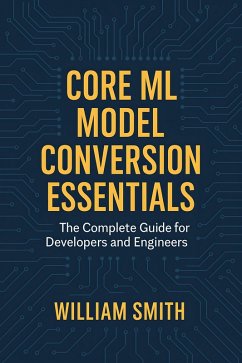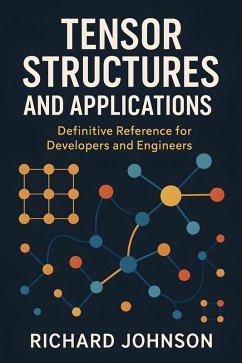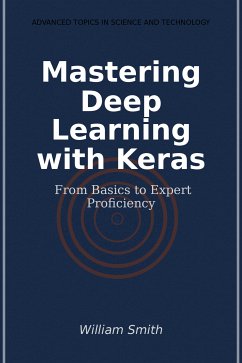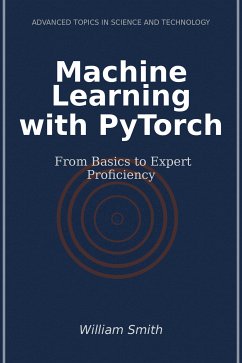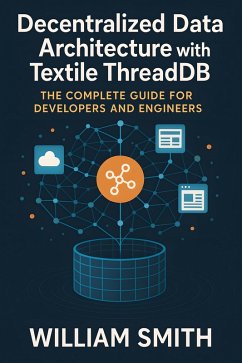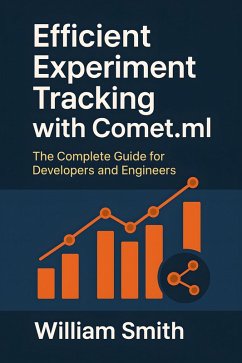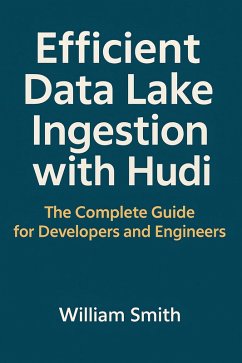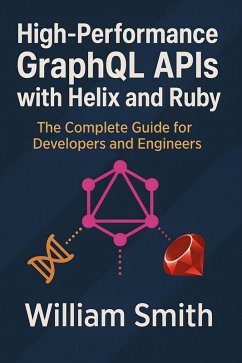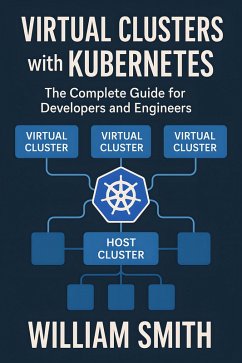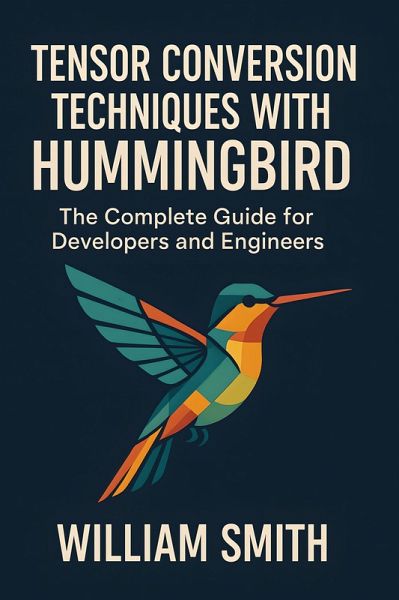
Tensor Conversion Techniques with Hummingbird (eBook, ePUB)
The Complete Guide for Developers and Engineers
Sofort per Download lieferbar
8,52 €
inkl. MwSt.

PAYBACK Punkte
0 °P sammeln!
"Tensor Conversion Techniques with Hummingbird" "Tensor Conversion Techniques with Hummingbird" is a definitive guide for data scientists, machine learning engineers, and systems architects who seek a deep understanding of translating classical machine learning models into highly optimized tensor computations. Beginning with the mathematical foundations of tensors and their critical role in modern machine learning, the book meticulously explores internal data layouts, storage patterns, numerical precision strategies, and the interoperability of mainstream tensor libraries such as NumPy, PyTorc...
"Tensor Conversion Techniques with Hummingbird"
"Tensor Conversion Techniques with Hummingbird" is a definitive guide for data scientists, machine learning engineers, and systems architects who seek a deep understanding of translating classical machine learning models into highly optimized tensor computations. Beginning with the mathematical foundations of tensors and their critical role in modern machine learning, the book meticulously explores internal data layouts, storage patterns, numerical precision strategies, and the interoperability of mainstream tensor libraries such as NumPy, PyTorch, ONNX, and TVM. Readers are equipped with the knowledge to appreciate both the potential and the common pitfalls inherent in real-world tensor representations.
At the heart of the text lies a comprehensive walkthrough of the Hummingbird architecture-an open-source library focused on automating the conversion of traditional ML models, including those from scikit-learn, LightGBM, and XGBoost, into tensorized forms. The book unveils Hummingbird's layer-by-layer conversion pipeline, details how intermediate representations facilitate robust operator mapping, and offers practical strategies for integrating with popular backends like PyTorch and ONNX. Subsequent chapters delve into advanced graph optimization, batching and parallelization, and machine-specific deployment tactics, ensuring readers are fully prepared to scale tensorized models for modern heterogeneous hardware.
Beyond technical conversion, the book emphasizes production-ready solutions: from rigorous testing and validation workflows (including unit testing, numerical stability analysis, and automated regression) to security best practices such as integrity checks, threat modeling, and compliance auditing. Closing chapters discuss cutting-edge advancements-automated optimization with ML, federated and distributed pipelines, explainability in tensorized systems, and a vision for future evolutions in model interoperability standards. Whether you're modernizing legacy pipelines or building the next generation of scalable ML infrastructure, "Tensor Conversion Techniques with Hummingbird" offers an indispensable, holistic foundation.
"Tensor Conversion Techniques with Hummingbird" is a definitive guide for data scientists, machine learning engineers, and systems architects who seek a deep understanding of translating classical machine learning models into highly optimized tensor computations. Beginning with the mathematical foundations of tensors and their critical role in modern machine learning, the book meticulously explores internal data layouts, storage patterns, numerical precision strategies, and the interoperability of mainstream tensor libraries such as NumPy, PyTorch, ONNX, and TVM. Readers are equipped with the knowledge to appreciate both the potential and the common pitfalls inherent in real-world tensor representations.
At the heart of the text lies a comprehensive walkthrough of the Hummingbird architecture-an open-source library focused on automating the conversion of traditional ML models, including those from scikit-learn, LightGBM, and XGBoost, into tensorized forms. The book unveils Hummingbird's layer-by-layer conversion pipeline, details how intermediate representations facilitate robust operator mapping, and offers practical strategies for integrating with popular backends like PyTorch and ONNX. Subsequent chapters delve into advanced graph optimization, batching and parallelization, and machine-specific deployment tactics, ensuring readers are fully prepared to scale tensorized models for modern heterogeneous hardware.
Beyond technical conversion, the book emphasizes production-ready solutions: from rigorous testing and validation workflows (including unit testing, numerical stability analysis, and automated regression) to security best practices such as integrity checks, threat modeling, and compliance auditing. Closing chapters discuss cutting-edge advancements-automated optimization with ML, federated and distributed pipelines, explainability in tensorized systems, and a vision for future evolutions in model interoperability standards. Whether you're modernizing legacy pipelines or building the next generation of scalable ML infrastructure, "Tensor Conversion Techniques with Hummingbird" offers an indispensable, holistic foundation.
Dieser Download kann aus rechtlichen Gründen nur mit Rechnungsadresse in A, B, BG, CY, CZ, D, DK, EW, E, FIN, F, GR, H, IRL, I, LT, L, LR, M, NL, PL, P, R, S, SLO, SK ausgeliefert werden.




